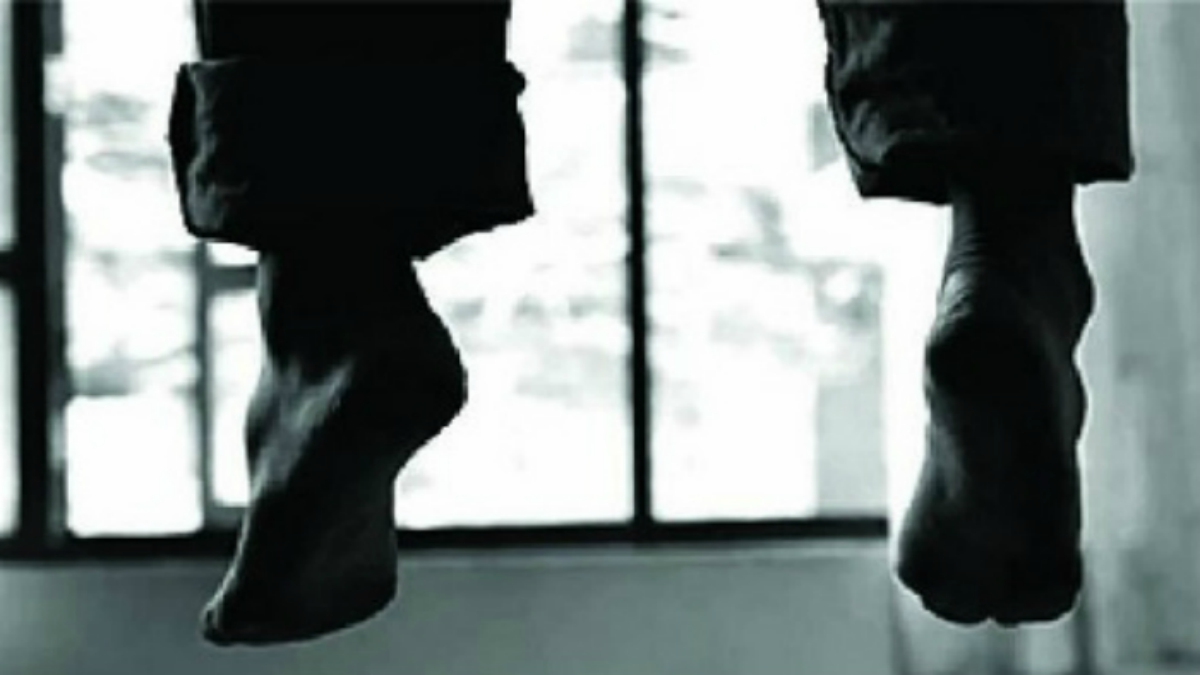


It is a matter of grim concern, adolescents at such a tender age develop suicidal tendencies just because their parents and teachers asked them to “ignore” bullying or when their respective guardians asked them to stop talking or playing with such kids who are bullying them. PGIMER Chandigarh did a study on the prevalence of bullying in adolescents, and that is the first of its kind a study happened in India specifically in North India where it is found one in four kids experience bullying more in Government Schools. A city like Chandigarh where kids from different states study as Chandigarh is known for such population which is mostly migrated from the different parts of India.
Sample Size of this study was 667, adolescents age (9-15) and class- (6th-10th), Govt school kids (359), Pvt School Kids (308), PGIMER used Olweus Bully-Victim Questionnaire in Chandigarh. Self-esteem and emotional and behavioral difficulties of the participants were measured by using the standard Rosenberg Self Esteem Scale and Strengths and Difficulties Questionnaire, respectively. Multinomial logistic regression was done to determine the predictors of bullying.
Results were surprising for doctors as 25.6 percent of adolescents reported different kinds of bullying in schools i.e. 25.6 % (16 % Victimization, 5.2 % Perpetration, 4.3% bully-victim). Verbal bullying was the most common (55.1%), followed by physical (32.7%) and relational (25.2%) bullying. The prevalence of cyberbullying was 2.7%. Around 44% of students reported that adults in school never did anything to stop bullying. Significant predictors of bullying were being male, studying in the government school, having abnormal emotions, and poor peer relations.
One of the authors of the study, Professor Dr. Madhu Gupta, Department of Community Medicine, PGIMER, Chandigarh says, “Kids have suicidal tendencies after being bullied at school or in the park and even online while having online classes. There are few intervention programs to prevent bullying in South East Asian Region, and none in India. So, we designed the ‘Stop Bullying- School Intervention Program (SB-SIP)’ for school students. SB-SIP is a multi-component school-based intervention program that is designed to be administered at three levels, i.e., individual (students), relationship (parents and teachers), and school level. The individual-level strategy is targeted at the students. It aims to increase students’ knowledge regarding bullying behaviors and its harmful effects and strengthen their skills to prevent bullying and victimization.”
Dr. Gupta further said, “Parents’ module comprises of bullying awareness sessions and strategies to prevent and manage if their child is involved in any kind of bullying. The teacher’s module comprises sessions on the safe classroom environment and responding to bullying rumors and dealing with bullying on the spot. The school-level strategy is to be delivered to the school administrators who will be sensitized to the bullying problem. The antibullying committee is to be set up to introduce school rules against bullying. The SB-SIP curriculum is to be delivered through PowerPoint presentations and in bilingual language.